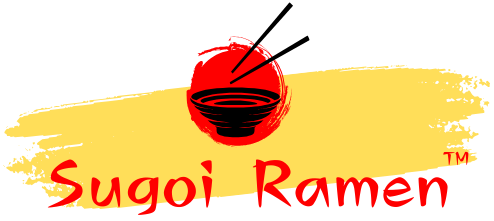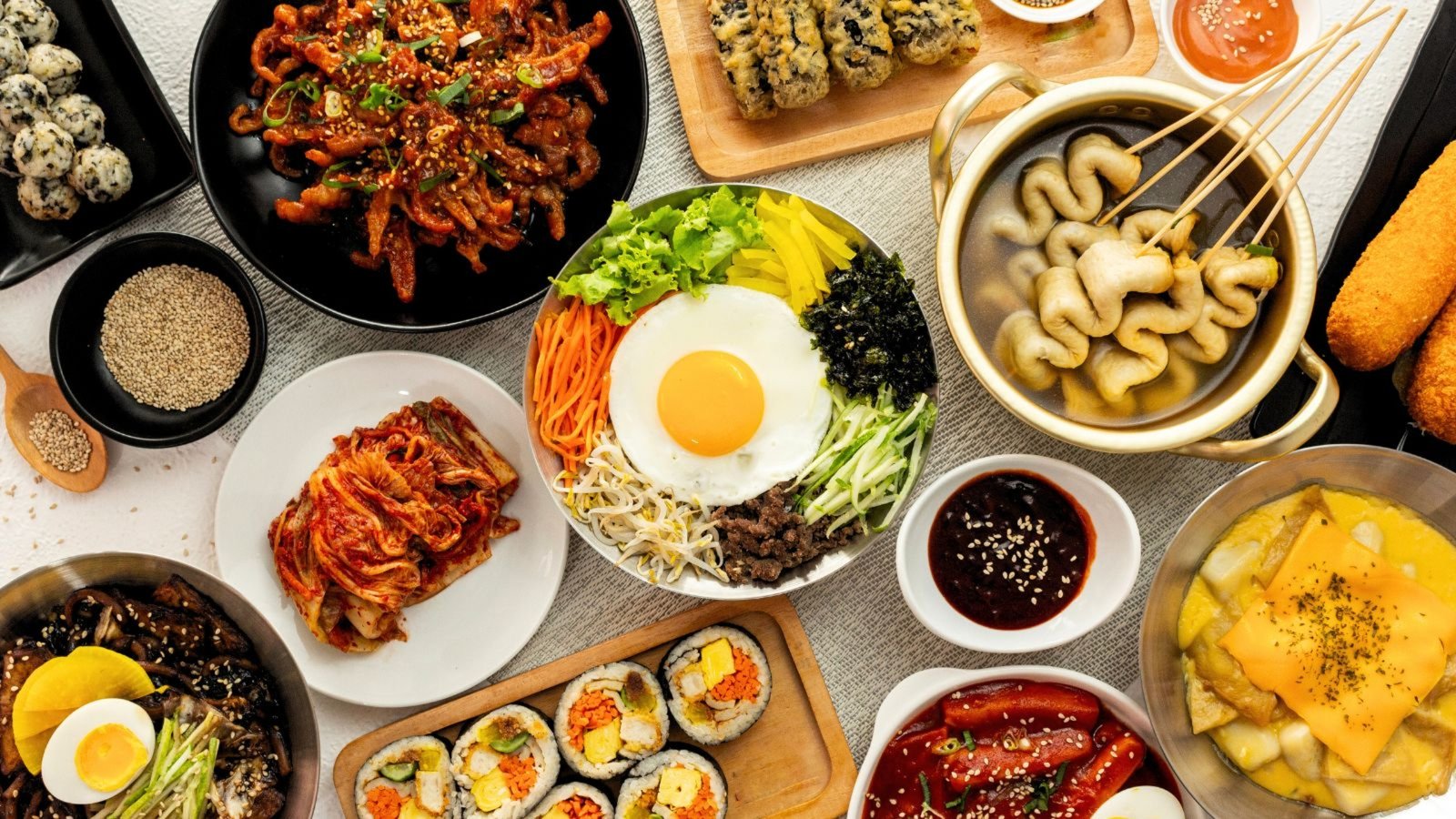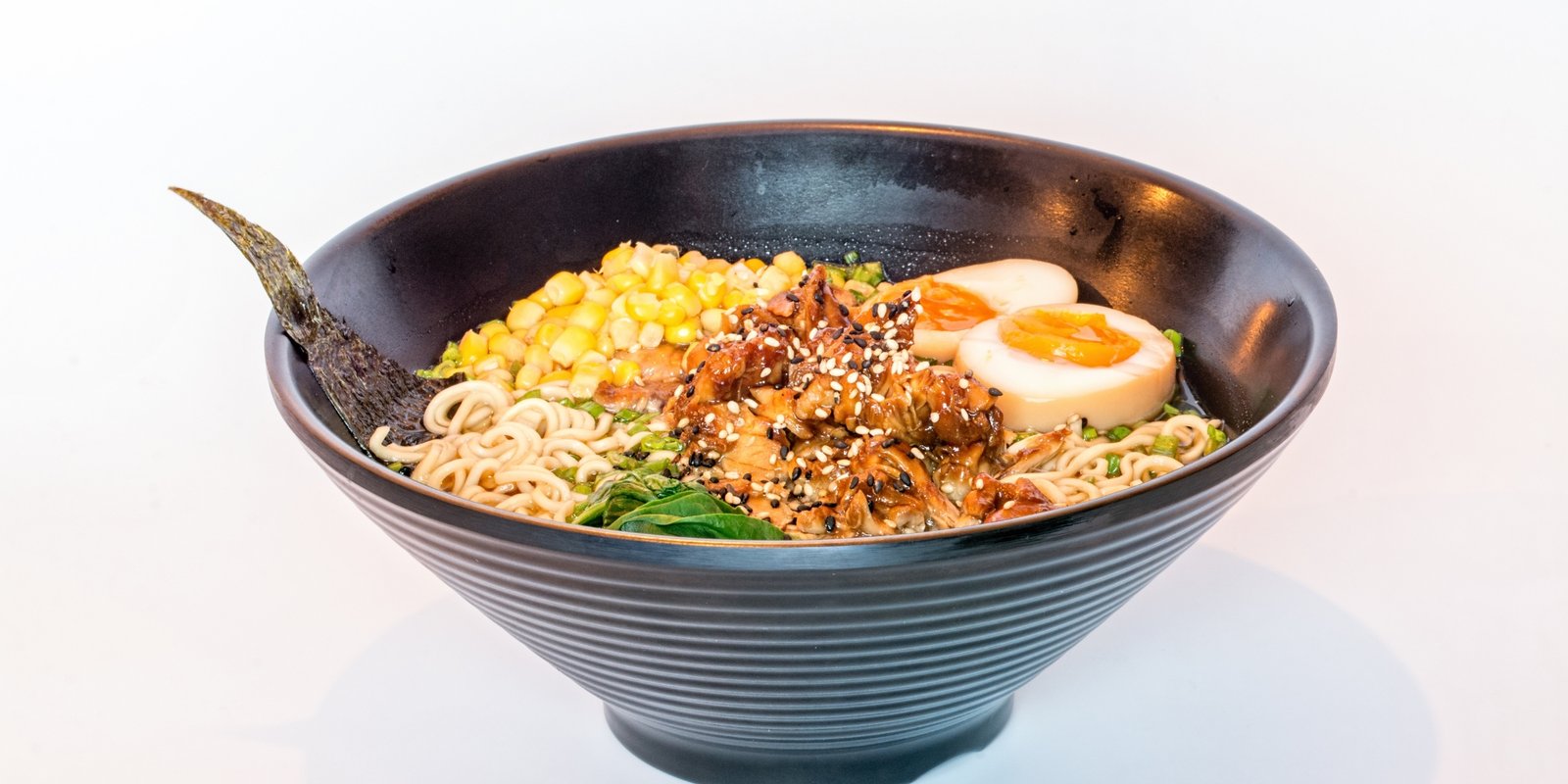Korean dramas (K-dramas) are more than just captivating storylines and compelling characters; they also offer a feast for the eyes with their portrayal of Korean cuisine. Food plays a pivotal role in K-dramas, reflecting cultural values, bringing characters together, and enticing viewers to experience the delicious world of Korean dishes. Here’s a look at the best 10 dishes from K-dramas that have left audiences worldwide craving a taste of Korea.
1. Kimchi
No Korean meal is complete without kimchi, a traditional side dish made of fermented vegetables, primarily Napa cabbage and radishes. This spicy, tangy, and flavorful dish often appears in family meals in K-dramas, symbolizing warmth and tradition.
Seen In:
Kimchi is featured prominently in countless K-dramas, including Weightlifting Fairy Kim Bok-joo, where it becomes a part of heartfelt family meals.
2. Bibimbap

Bibimbap, meaning “mixed rice,” is a vibrant and nutritious dish made with steamed rice, assorted vegetables, sliced meat, a fried egg, and a dollop of gochujang (red chili paste). Its colorful presentation makes it a visual and gastronomic treat.
Seen In:
The iconic dish takes center stage in dramas like Let’s Eat, where its preparation is shown with mouthwatering detail.
3. Tteokbokki
Tteokbokki is a popular street food made of chewy rice cakes stir-fried in a spicy and sweet gochujang sauce. Often enjoyed as a casual snack, it adds warmth and spice to countless K-drama scenes.
Seen In:
Itaewon Class and Start-Up showcase characters bonding over plates of this fiery delicacy.
4. Samgyeopsal (Grilled Pork Belly)
Samgyeopsal is not just a dish; it’s an experience. This grilled pork belly is enjoyed in a social setting, with diners wrapping it in lettuce and adding garlic, kimchi, and ssamjang (spicy dipping sauce). It’s a staple in scenes of camaraderie and celebration.
Seen In:
Dramas like Reply 1988 and Hospital Playlist highlight the communal aspect of Korean barbecue, making samgyeopsal a recurring favorite.
5. Jjajangmyeon (Black Bean Noodles)

Jjajangmyeon, a comforting dish of noodles in black bean sauce, is often portrayed as a quick yet hearty meal. It’s commonly featured in moving-in or casual dining scenes, adding a touch of relatability to the narrative.
Seen In:
What’s Wrong with Secretary Kim and She Was Pretty showcase jjajangmyeon as the go-to meal for takeout nights.
6. Kimbap (Korean Sushi Rolls)
Kimbap is the perfect on-the-go snack, consisting of seaweed rice rolls filled with various ingredients like vegetables, meat, and eggs. Its convenience and delicious taste make it a favorite in picnic and travel scenes.
Seen In:
In dramas like Racket Boys and Our Beloved Summer, kimbap is often depicted as a travel-friendly comfort food.
7. Sundubu-jjigae (Soft Tofu Stew)
Sundubu-jjigae is a spicy, hearty stew made with soft tofu, vegetables, and seafood or meat, often enjoyed in scenes of home-cooked meals. This dish exudes warmth and comfort, making it a staple in family-oriented dramas.
Seen In:
The dish appears in Crash Landing on You, adding emotional depth to scenes of shared meals.
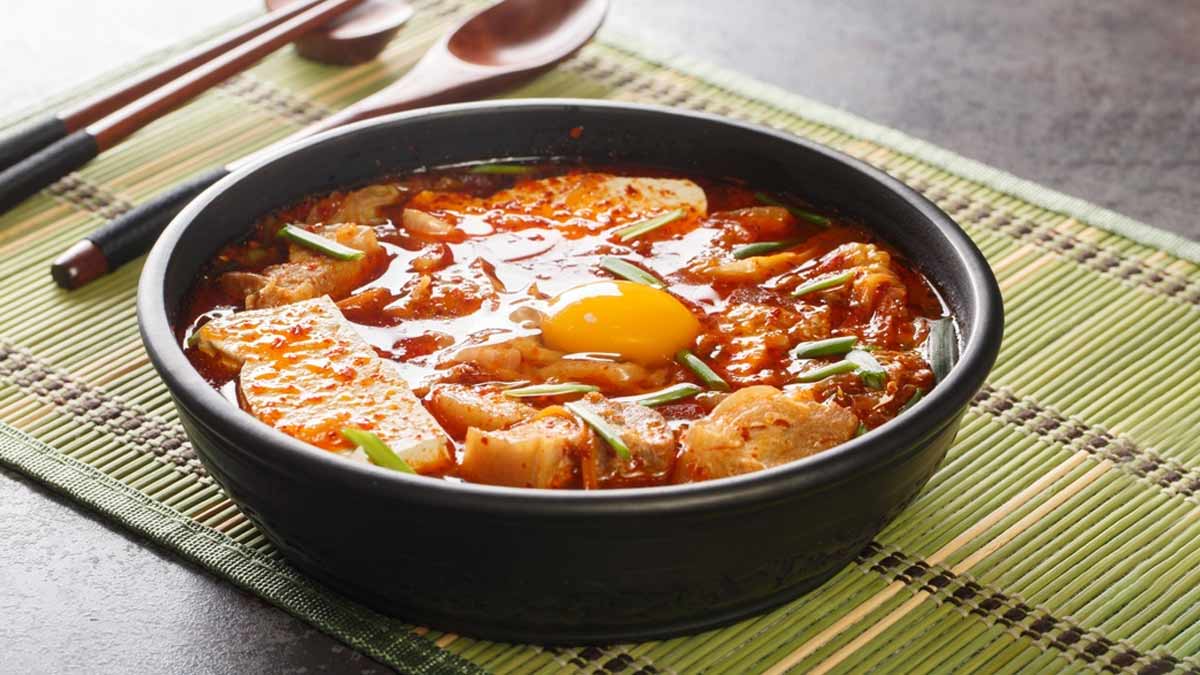
8. Bulgogi (Marinated Beef)
Bulgogi, thinly sliced marinated beef, is grilled or stir-fried to perfection, often paired with rice or wrapped in lettuce. This dish is a celebration of Korean flavors, with a mix of sweetness and savory notes.
Seen In:
The Business Proposal features bulgogi as part of lavish dinner spreads, showcasing its rich and indulgent appeal.
9. Naengmyeon (Cold Buckwheat Noodles)
Naengmyeon, served in a chilled broth, is a refreshing dish perfect for hot summer days. Its unique texture and light flavor make it a memorable addition to K-dramas.
Seen In:
This dish is often highlighted in summer episodes, such as in Hometown Cha-Cha-Cha, where it brings relief from the heat.
10. Hotteok (Sweet Korean Pancakes)
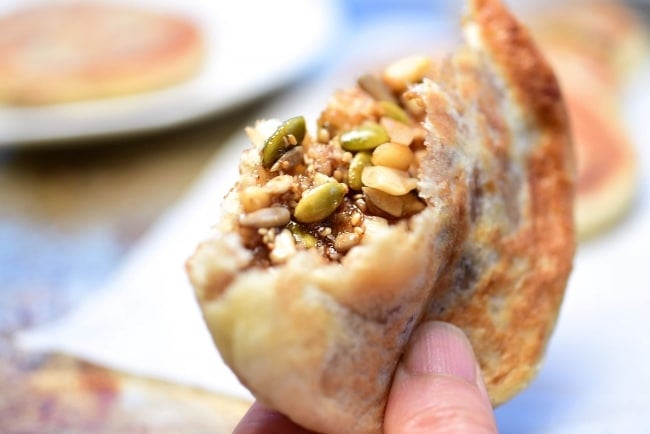
Hotteok is a beloved street food, especially during winter. These sweet pancakes are filled with a mixture of brown sugar, honey, and nuts, offering a warm and indulgent treat.
Seen In:
Goblin and Penthouse feature hotteok in cozy, heartwarming scenes, emphasizing its role as a winter favorite.
Why Food in K-Dramas Matters
The inclusion of food in K-dramas is not just about showcasing delicious dishes—it’s a storytelling device that reflects cultural values, emotional connections, and character development. From communal dining scenes to solo comfort meals, food is often a medium through which relationships are forged and stories unfold.
Read Also : 10 Korean Foods That Are Now Available in India
20 Best K-Dramas About Food & Cooking
5 Reasons Why Entrepreneurs Love Sugoi Ramen’s Affordable Franchise Model
Conclusion
These best 10 dishes from K-dramas are more than just culinary delights—they’re a window into Korean culture and tradition. Whether you’re a foodie or a K-drama enthusiast, trying these iconic dishes is a great way to connect with the vibrant world of Korean cuisine.
So, why not bring a taste of your favorite K-dramas into your life? Explore these dishes and savor the flavors that make K-dramas so unforgettable!
FAQ’s
Q1. Where can I try these dishes?
You can find these dishes at Korean restaurants or specialty food markets in most major cities.
Q2. Are these dishes vegetarian-friendly?
Some dishes, like kimbap and bibimbap, can be made vegetarian by skipping the meat or using plant-based alternatives.
Q3. Which dish is the easiest to make at home?
Tteokbokki and kimchi are relatively easy to make with readily available ingredients.
Q4. What’s the most popular dish among international fans?
Kimchi and bulgogi are widely loved for their iconic flavors and versatility.
Q5. Are these dishes authentic representations of Korean cuisine?
Yes, these dishes are staples in Korean culture and are often prepared authentically in K-dramas.
